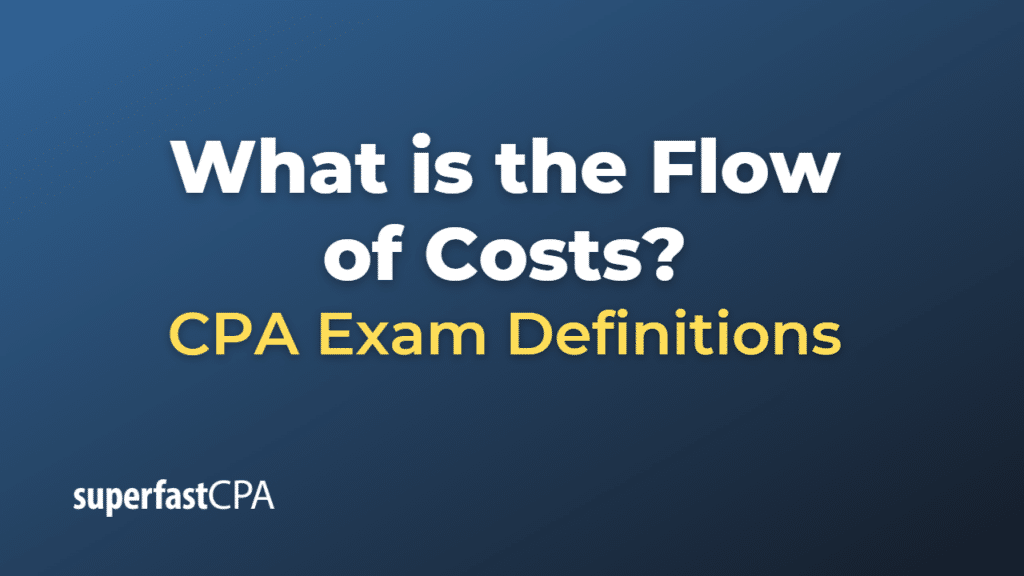Flow of Costs
Flow of costs refers to the manner in which costs move through a business. This concept is particularly relevant in inventory management and accounting, where costs are typically categorized as product or period costs.
Product costs are tied to the inventory and hence move with the inventory flow. They include direct materials, direct labor, and manufacturing overheads. These costs are initially recorded as assets (inventory) and do not become expenses (cost of goods sold) until the inventory is sold.
Period costs, on the other hand, are not tied to the inventory and hence are expensed in the period they are incurred. They include selling, general, and administrative expenses.
The flow of costs is also associated with the specific inventory cost flow method a company uses: FIFO (First-In, First-Out), LIFO (Last-In, First-Out), or Weighted Average Cost.
- FIFO: The first inventory items purchased are the first ones to be sold. So the oldest costs are the first to leave inventory and become cost of goods sold.
- LIFO: The last inventory items purchased are the first ones to be sold. This means the newest costs are the first to leave inventory and become cost of goods sold.
- Weighted Average Cost: Costs of inventory purchases are averaged, so the cost of each item is the same.
Each of these methods can result in different values for ending inventory and cost of goods sold, and can therefore affect a company’s reported profitability and tax liability. The choice of method depends on numerous factors, including the nature of the inventory, the company’s pricing policies, and the economic environment.
Example of the Flow of Costs
Let’s consider an example using a company that sells widgets and uses the FIFO (First-In, First-Out) cost flow method. Here’s how the costs might flow through the company:
Beginning Inventory:
- 100 widgets @ $10 each = $1,000
Purchases during the month:
- 200 widgets @ $12 each = $2,400
At this point, the company has a total inventory cost of $3,400.
Now, let’s say the company sells 250 widgets during the month. Under the FIFO method, the company sells the widgets that were in inventory first. So, it sells the 100 widgets from the beginning inventory and 150 widgets from the new purchase.
Cost of Goods Sold (COGS) calculation:
- 100 widgets @ $10 each = $1,000 (from beginning inventory)
- 150 widgets @ $12 each = $1,800 (from new purchase)
Total COGS = $2,800
This leaves the company with 50 widgets still in inventory, all from the new purchase.
Ending Inventory calculation:
- 50 widgets @ $12 each = $600
So, at the end of the month, the company has $600 worth of widgets in inventory and has recorded $2,800 as the cost of goods sold.
This example demonstrates the flow of costs through a company’s inventory and how the use of the FIFO method affects the calculation of cost of goods sold and ending inventory. The calculations would be different if the company used the LIFO or Weighted Average Cost method instead.













